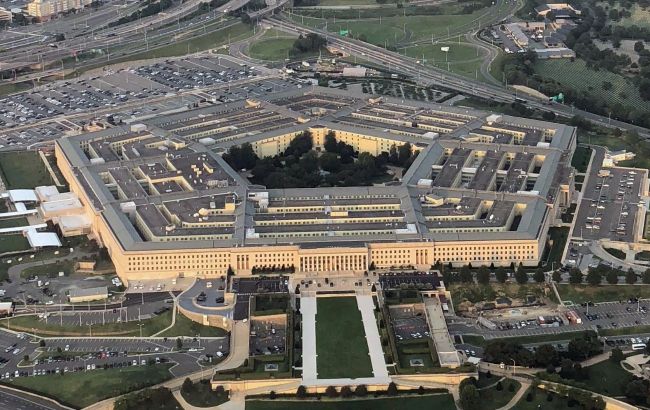Pentagon introduces journalist censorship - Key changes explained
 Photo: US Department of Defense (wikimedia.org) Author: Valeriy Savitsky
Photo: US Department of Defense (wikimedia.org) Author: Valeriy Savitsky
In the US, journalists will only be allowed to enter the Pentagon if they agree not to publish certain information. This gives the department broad control over media publications, Politico informs.
Pentagon spokesperson Sean Parnell stated in an email Friday evening that journalists will continue to be able to visit the Department of Defense only if they sign a memo agreeing not to publish classified information or certain less-sensitive documents that are not officially marked as "government secret."
The new rules are set to take effect within the next two to three weeks.
According to Parnell, Department of Defense information must be approved by the appropriate authorized official before it is released, even if it is not classified.
"Failure to abide by these rules may result in suspension or revocation of your building pass and loss of access," reads the memo journalists are required to sign.
Officials described this step as necessary, arguing that any unauthorized disclosure "poses a security risk that could damage the national security of the United States and place [Defense Department] personnel in jeopardy."
This move reflects a broader trend of increasingly restricted access to the largest US federal agency during the Trump administration.
Revoking press passes
The new rules also give the Pentagon broad authority to deem journalists a security threat and revoke their press passes if they obtain or publish information the department considers unauthorized for release.
The rules come amid efforts by the Department of Defense to hold military and civilian personnel accountable for mocking Charlie Kirk's death on social media, and more broadly, amid debates over possible limits on freedom of speech.
"The 'press' does not run the Pentagon — the people do. The press is no longer allowed to roam the halls of a secure facility. Wear a badge and follow the rules — or go home," said Defense Secretary Pete Hegseth on X.
The Pentagon Press Association, which represents journalists covering the Department of Defense, said its members are reviewing the new directive.
What has changed
Traditionally, journalists had access to unclassified areas in the Pentagon to cover military interaction with the world. This included offices of the Secretary of Defense, the Joint Staff, and the six branches of the armed forces.
However, in January 2025, the Department of Defense removed workspace access for several media organizations — including Politico, the Washington Post, and the New York Times — and invited mostly conservative outlets.
When news organizations protested, the Pentagon barred several more media outlets, including NBC News and CNN.
In May, Hegseth further restricted access following criticism that he shared sensitive details of US strikes in Yemen in a Signal group to which a journalist had been mistakenly added.
The then-new rules confined journalists to press rooms, the cafeteria, and the building's internal courtyard. They now require an escort to enter any other areas.
It should be recalled that in early September, Donald Trump signed an executive order restoring the Department of Defense’s former name — the Department of War.
The Pentagon expressed deep outrage over this renaming of the agency.

